Can the sound of a can being opened be trademarked in the EU?
Hearing is hardly the first of the senses that come to mind in connection with food or drinks. Taste and smell are certainly the first ones, followed by sight. However, certain sounds, such as the sound of opening a beverage can, can also evoke certain associations and arouse the appetite. Monopolising such sounds in advertising would therefore be a huge competitive advantage. Does the EU trademark regulation allow this?
Judgment of the General Court of 7 July 2021, Case T-668/19
Pursuant to Article 4 of the European Union Trade Mark Regulation 2017/1001, a Union trade mark may consist of any signs, including sounds. The conditions are that such a sign must be capable of distinguishing the goods or services of one undertaking from the goods or services of other undertakings and must be capable of being represented in the register in such a way as to allow the competent authorities and the public to determine the clear and precise object of protection. An analogous regulation is also included in the Polish Industrial Property Law, concerning a national trademark.
Ardagh Metal Beverage Holdings GmbH & Co. KG, one of the world’s largest producers of metal and glass containers, wanted to register as an EU trade mark a composition consisting of the sound of opening a can of drink, approximately one second of silence, and then the sound of the drink fizzing for nine seconds. The mark was submitted by the applicant in the form of a sound file. The registration was to cover goods such as beverages and beverage containers.
EUIPO refused the registration pointing to the lack of distinctiveness of the mark. The case went to the General Court, resulting in the first ever ruling by the EU General Court on a sound trademark presented in the form of an audio file.
The Court pointed out that the criteria for assessing the distinctiveness of a sound mark do not differ from the criteria for assessing other types of marks. Such a sign should therefore affect the public in such a way that they perceive it as a trade mark and not as a functional element. The consumer should be able to identify the mark with specific goods without having to connect it with word or figurative elements or other marks.
In the General Court’s view, EUIPO incorrectly referred, by analogy, to earlier case-law on three-dimensional trade marks, since that case-law does not introduce separate criteria for assessing the distinctive character of trade marks, but only specifies those criteria in relation to the specific situation of trade marks consisting of the shape of goods or packaging, the distinctive character of which is assessed by taking into account how they differ from the usual shapes in the industry. However, the errors made by EUIPO were not so serious as to invalidate the whole reasoning, which was also based on other grounds.
Having regard to the above criteria, the General Court took the view that the sound of opening a can in relation to the goods listed in the application is a purely functional and technical element and will not be perceived by the public as an indication of the origin of the goods. The relevant public also perceives the sound of fizzing as being generally associated with drinks. The mark applied for is therefore not distinctive.
As a rule, nothing prevents the registration of a sound trademark. Its representation can be provided to the office in the form of a recording file. However, the same criteria must be met as for any other type of trade mark, i.e. it must not be descriptive in relation to the products applied for. In the case of the food industry, registration would be refused for example in case of the sound of pouring liquid into a glass, the sound of food sizzling, the sound of crunching or rustling candy wrappers. For a number of other sounds, however, both EU and national authorities of EU Member States are open.
See more:
Autonomy of the grounds for invalidation and scope of the examination of bad faith in CJEU judgment C-17/24
1.Facts of the case CeramTec GmbH is proprietor of two EU trademarks depicting pink ceramic medical components used in particular in hip or knee implants and of an EU trademark consisting of the colour pink (Pantone 677C). (EUTM 010214112, EUTM 010214179 and EUTM...
Request for a preliminary ruling concerning AI
Case C-250/25, Like Company v Google, was referred to the Court of Justice of the European Union by a Hungarian regional court (Budapest Környéki Törvényszék) in April 2025. It concerns the operation of chatbots in the context of copyright law, mainly the use of...
The complexity and high level of subjectivity in assessing the likelihood of confusion based on three recent CJEU judgements
A likelihood of confusion exists when consumers can be misled into believing that goods or services bearing the opposing trademarks originate from the same company or from economically linked companies. It is assumed that the assessment of the likelihood of...
